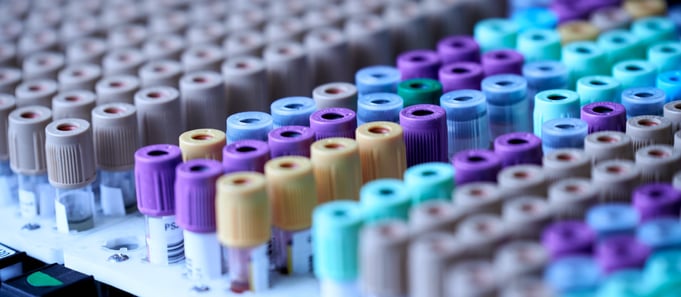One of the most difficult sample management tasks in a busy lab is managing the expiry and retention dates of samples. As the storage units fill up, there are more and more samples that need to be tracked and could have expiry dates associated with them.
Some of the reasons a sample might have an expiration or review date include:
- Critical reagents for bioassays must be regularly re-qualified to check that their behaviour in an assay is within expected limits
- There may be a legal maximum retention period, for example: time limited consents for human derived materials
- Some sample types may lose viability after a period of storage and need to be re-passaged or otherwise managed
- There may be a service level agreement in place to retain customer samples for a set period, after which they will be archived, returned or destroyed
- In maintaining compliance with good laboratory practice (GLP), to avoid using deteriorated or outdated reagents or using materials no longer authorised for use
The challenge of managing these samples can have additional pressures, especially where compliance or the legality of using a sample past a certain date is involved and failing to monitor these dates and act on them could lead to trouble for the lab.

What are the challenges involved with managing samples with an expiration date?
The first challenge is simply identifying the samples in question and finding them in the storage units amongst all of the other samples being stored. This process can be made even more complicated by someone moving the sample you’re trying to find.
There are also cases where scientists need to be warned that they are using a substance that has passed a retention or expiry date and depending on the reason the date has been implemented, they could be breaking compliance rules or could return void data due to the sample losing viability.
Recording the disposal or archiving of samples because of a particular time event can also be a challenge, along with recording that a reagent has been re-qualified, and resetting the expiry date.
How to keep lab samples for the right amount of time
Having covered some of the challenges and why samples have expiration and retention dates, it’s important to consider ways to keep on top of the management of samples that have expiration dates.
Depending on the size of the lab and the number of samples in storage at any one time, tracking all of this on a spreadsheet can be a big undertaking and also lends itself to issues around version control, access and accurate representation of samples.
A good sample management system can provide the tools you need, allowing you to record specific expiry or retention dates against any batch of material, and report on or take appropriate action. For example, you may need to quickly find samples that have reached, or are close to, an expiry date, then list their locations to make it easy to pick and dispose of them.
Alternatively, to re-qualify reagents following Quality Control, a batch of material might be edited to set the new requalification date – and this should automatically be reflected at the sample level for each sample or aliquot of that material. In every case, each of these steps should be fully recorded in an audit trail.
To prevent accidentally using a substance beyond its expiry date, sample management software should clearly display a warning against expired samples at the point of pulling a sample from a freezer.
